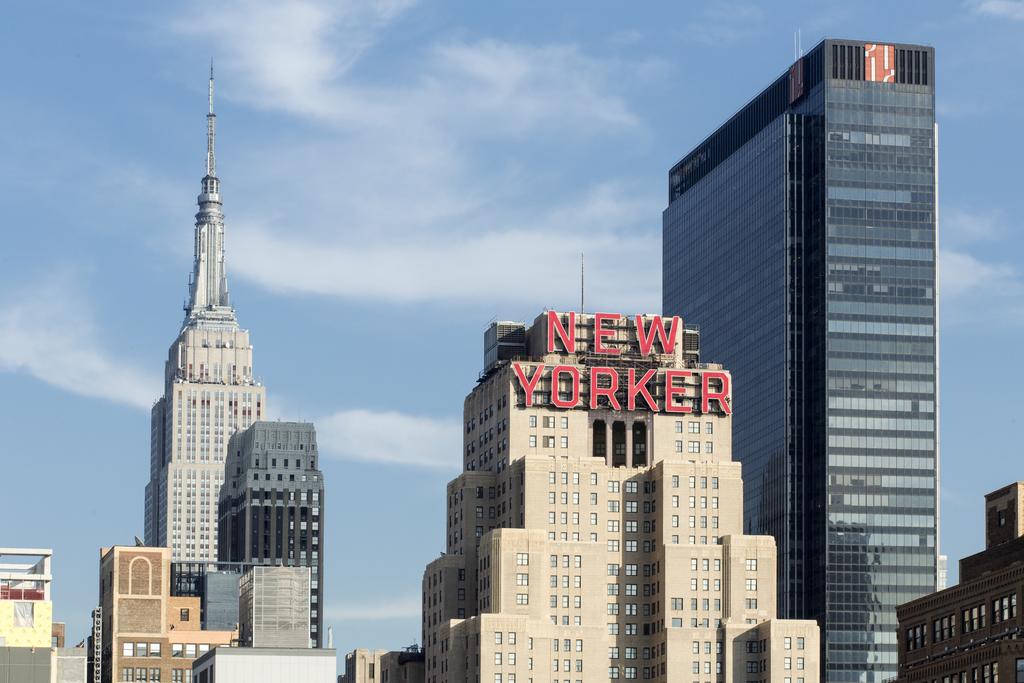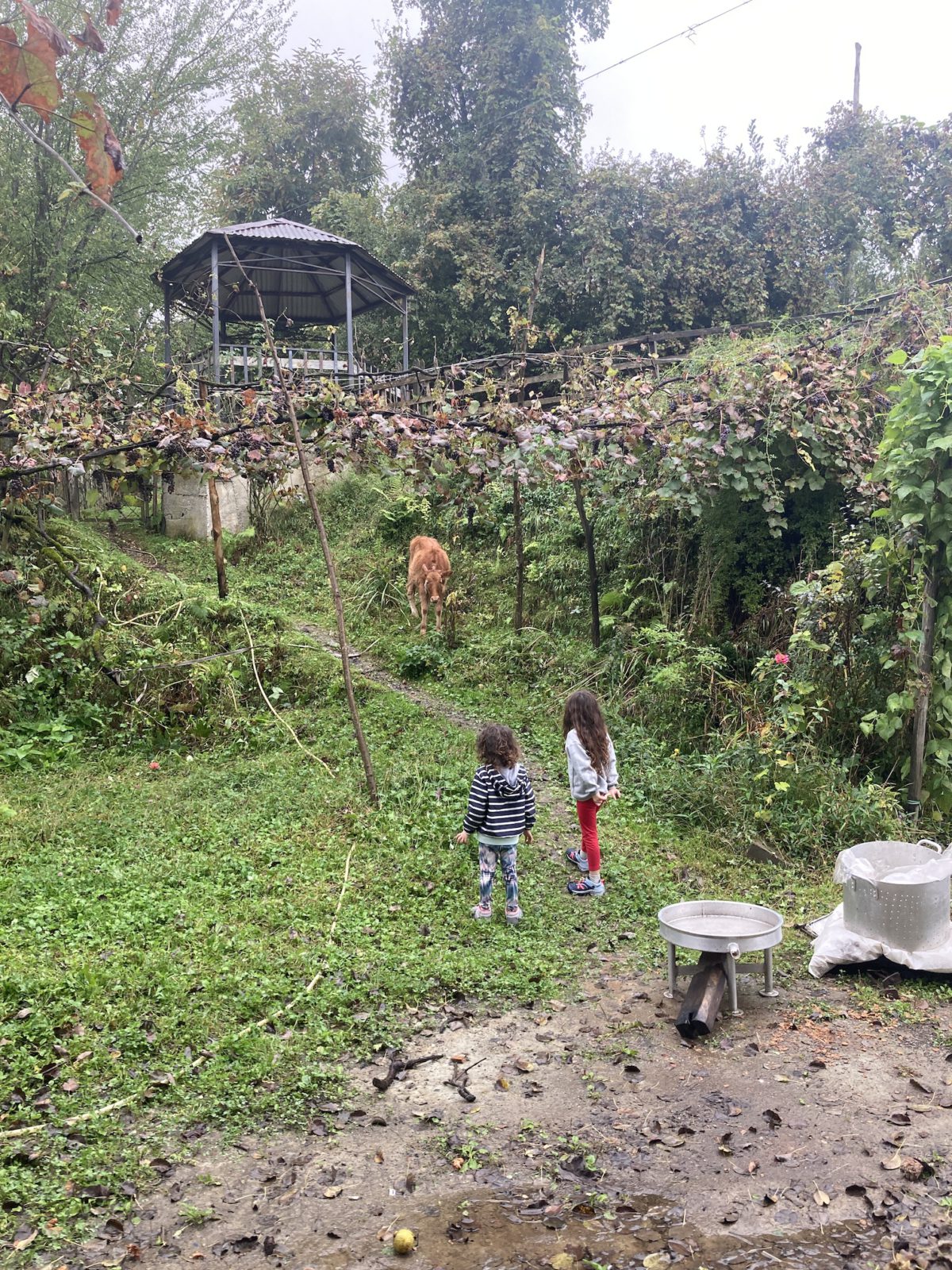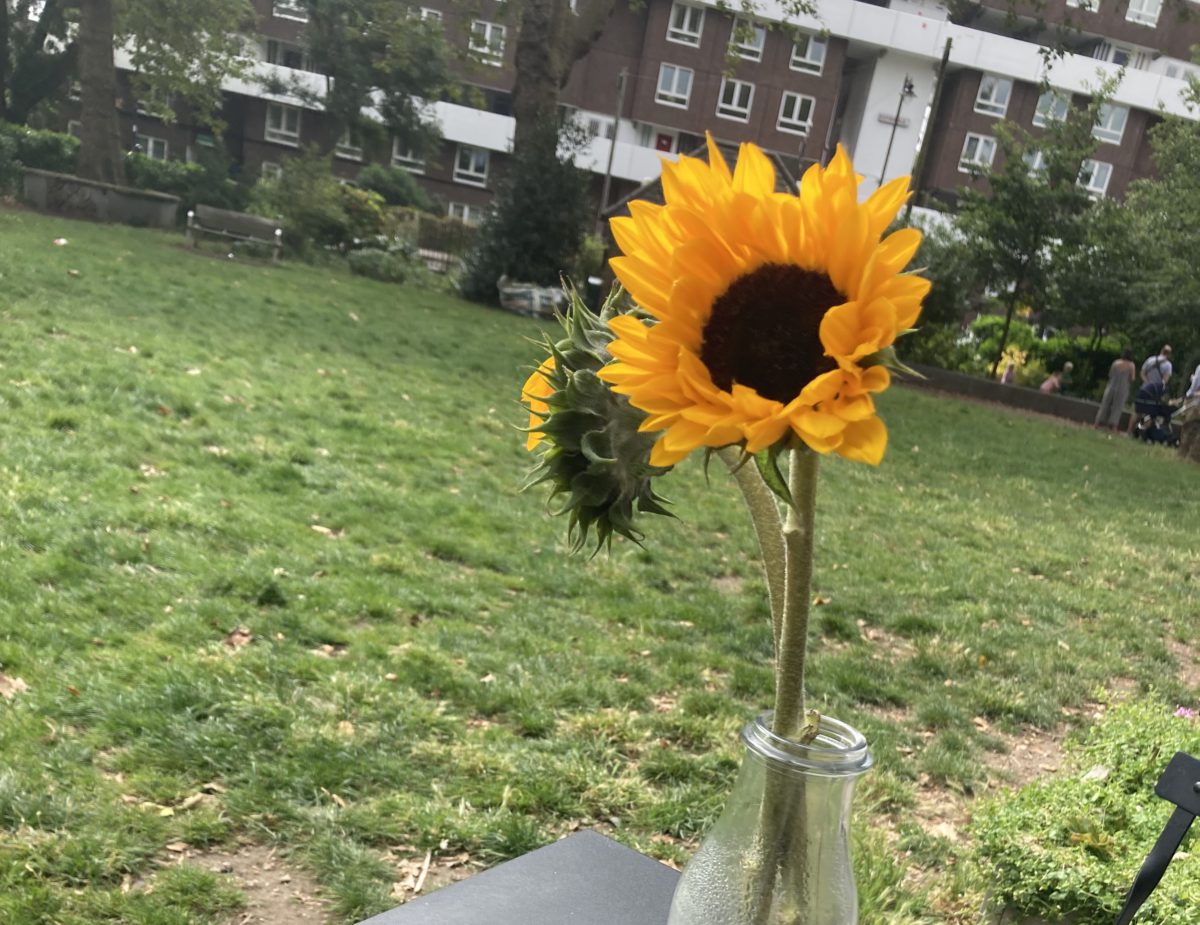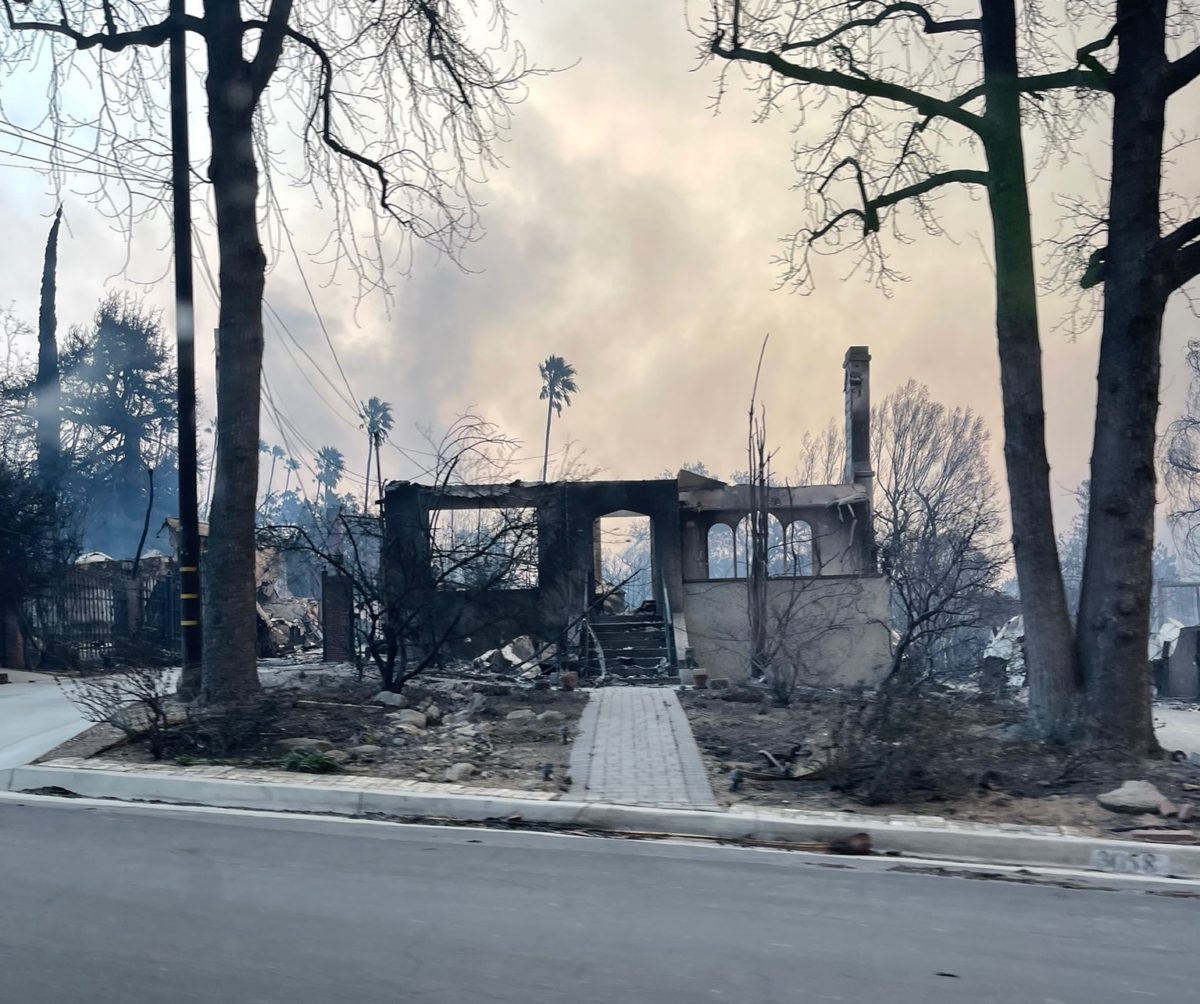
In 1949, E. B. White, the shy author of Stuart Little, dared to imagine a sudden, violent disaster befalling New York. In his classic essay, “Here is New York,” he pictured airplanes swooping overhead, then diving into buildings, subways, bridges. Picturing New York’s demise has always been a macabre hobby for New Yorkers—a perverse form of affection, perhaps. The urban imagination skews dark: The inconceivable (yet all-too-conceivable) end of ordinary life, and the likely aftermath.
If White were alive, he might marvel at New York’s resilience following the very different airborne disaster of 2020–’21. Earlier this year, as Covid-19 restrictions eased, New York entered a strange, hopeful phase of recovery. Call it pre- post-pandemic. The city was, and remains, in limbo: half open, half closed; half excited, half anxious. If the acute anxiety has passed, a more general, low-grade apprehension fills the vacuum. What will resume, when life resumes? Will the new normal resemble the old normal? Who, if anyone, decides?
If anything, the questions underscore how deeply unreal the pandemic felt even as it unfolded. It began with grocery stores ransacked—New Yorkers calmly panicking. A run on high-calorie staples, plus new necessities—Purell and Clorox wipes. A few weeks later—around the time provisions started dwindling—came the great exodus, certain wealthy zip codes emptying out. It was possible to picture a great convoy: Money leaving town.
And, really, who could resent anyone’s safety? In Central Park, the pastoral East Meadow became a field hospital, yellow Hazmat suits patrolling green walkways. New York’s stoicism—always a bit of a ruse—was replaced with a frank admission that, though we’re prepared for anything, there are exceptions, including huge, sudden disruptions to normal life. Single people suffered severe solitude. Families suddenly marooned together suffered equally daunting tests. New relationships reached an inflection point: cohabit or call it quits.
Time stretched in weird ways. Hours distended. Weeks blurred into weekends. The long days acquired a lulling sameness. It was less a matter of change than diminution: Less to do, fewer people to do it with. Less money, fewer things to spend it on. And fewer outlets for energy. New York—the world capital of deranged ambition—became the world capital of difficult adjustments. Without all-consuming jobs, some type-A personalities came unanchored. Midlife crises arrived early.
The eeriest changes went unappreciated. The lifeblood of New York, its subway, emptied except for essential workers. Grand Central Terminal, where movement in any direction takes skill and proprioception, lest you get caught in the cross-stream of tourists and commuters, sat eerily quiet. Wandering empty blocks, you could indulge the timeless fantasy that an extinction-type disaster had taken place, yourself the only survivor.
In normal times, competition for space extended even to Central Park, whose running paths resemble Ben Hur at peak hours. Now, red signs enjoined runners to stay THIS FAR APART. Generally, runners obeyed, while rudely flouting mask rules, making every wheeze and gasp an aggressively antisocial act. A lifelong runner, I sided with the mask-wearing non-runners. So much for thoughtfulness, I thought. Yet their rudeness was oddly reassuring: it was still New York, a place to be affronted.
For a blissful moment that lasted months, a sense of unity and common struggle prevailed. Every evening, at 7pm sharp, the cheering began, noise swelling the canyons of Broadway and Madison Avenue. For several jubilant minutes, human noises replaced wailing ambulance sirens. With that, the ambient dread, the sense that a very thin line separates safety from absolute hell—dire illness, an overcrowded emergency room—receded.
And then, mercifully, life, or something like it, began again. In July, by state ruling, construction resumed, the drone of jackhammering now a soothing sign of normalcy. (“New York is Getting Loud Again,” a headline noted.) Soon, the familiar din of traffic and car horns returned; the old impatience, frustration, aggression. And stubborn optimism. Hope came via the unlikely savior of Big Pharma, proof, again, that everything was topsy-turvy. Conversations veered toward vaccines. You could almost hear it: a long, collective exhale.
A new, uncomfortable question arose: Could the pandemic improve New York? In her remarkable book, A Paradise Built in Hell, Rebecca Solnit describes the upside of disaster: spontaneous altruism, cooperation, and cohesion; the strengthening of civic and neighborly bonds. When an old order is upended, a new, better order is possible, and in the flush of optimism, one can imagine a new sort of mindfulness—a deeper sense of life’s precariousness, of the interconnectedness of citizens. New Yorkers, it is said, are good in a crisis, not-so-good the rest of the time. Could unity and solidarity be woven into the City’s new fabric?
Or perhaps simple humility. During the pandemic, you could love New York, but it was hard to feel boosterish about it. John Updike’s famous quip, “The true New Yorker secretly believes that people living anywhere else have to be, in some sense, kidding,” made little sense. New York, center of the planet? Nah. Not anymore. Could a saner, humbler city emerge? While I’m dreaming, could the tyranny of offices and commuting erode? (“It’s Time to Do Away with Rush Hour,” a headline pleaded.)
Other changes seem more probable thanks to the pandemic. In a city that fetishizes progress and change, it exposed a secret longing for permanence, rooted in common experience. You arrived here; you formed attachments; you watched forlornly as everything changed. Sixty years ago, the writer Ben Hecht described “The ancient human trick of identifying disaster as progress; of forgetting beauty when it dies and accepting rubbish in its stead.” Hecht’s nightmare, a city of soulless conveniences, is increasingly our reality, as eccentrically human places are replaced by drab chains and cookie-cutter McStores. Nothing new there, though. In many ways, the pandemic simply accelerated the homogenization that began under the neoliberal dispensation of Giuliani–Bloomberg.
So, what happens next? In early June, New York’s vaccination rate hit 55 percent. You can fight for space on the subways again. Major libraries are reopening, with a Vesuvian feel to them, everything frozen, as if time itself stopped in March 2020. But of course, nothing actually stops. The essence of New York—its crazy dynamism, what Janet Malcolm calls its “anarchic, unaccommodating spirit, its fundamental irrepressible aimlessness and heedlessness”—will certainly survive. New York’s famed callousness—“you could be frozen to death in the midst of a busy street and nobody would notice,” Bob Dylan once wrote—should make a comeback too. The return of normal urban anxiety (“there is neurosis in the air which the inhabitants mistake for energy,” Waugh wrote in Brideshead Revisited) will be almost welcome when it returns.
Picturing New York’s demise—a luxury of normal times—may again feature in Hollywood movies (screened in reopened theaters). Of all the fantasy-predictions, a humble, chastened New York seems both desirable and semi-plausible. “The intimation of mortality is part of New York now,” E. B. White wrote. A new humility would fit the zeitgeist. Hierarchies are being assailed; notions of greatness—white, male, etc.—are deeply unpopular. Will the notion of Great Cities suffer the same leveling?




